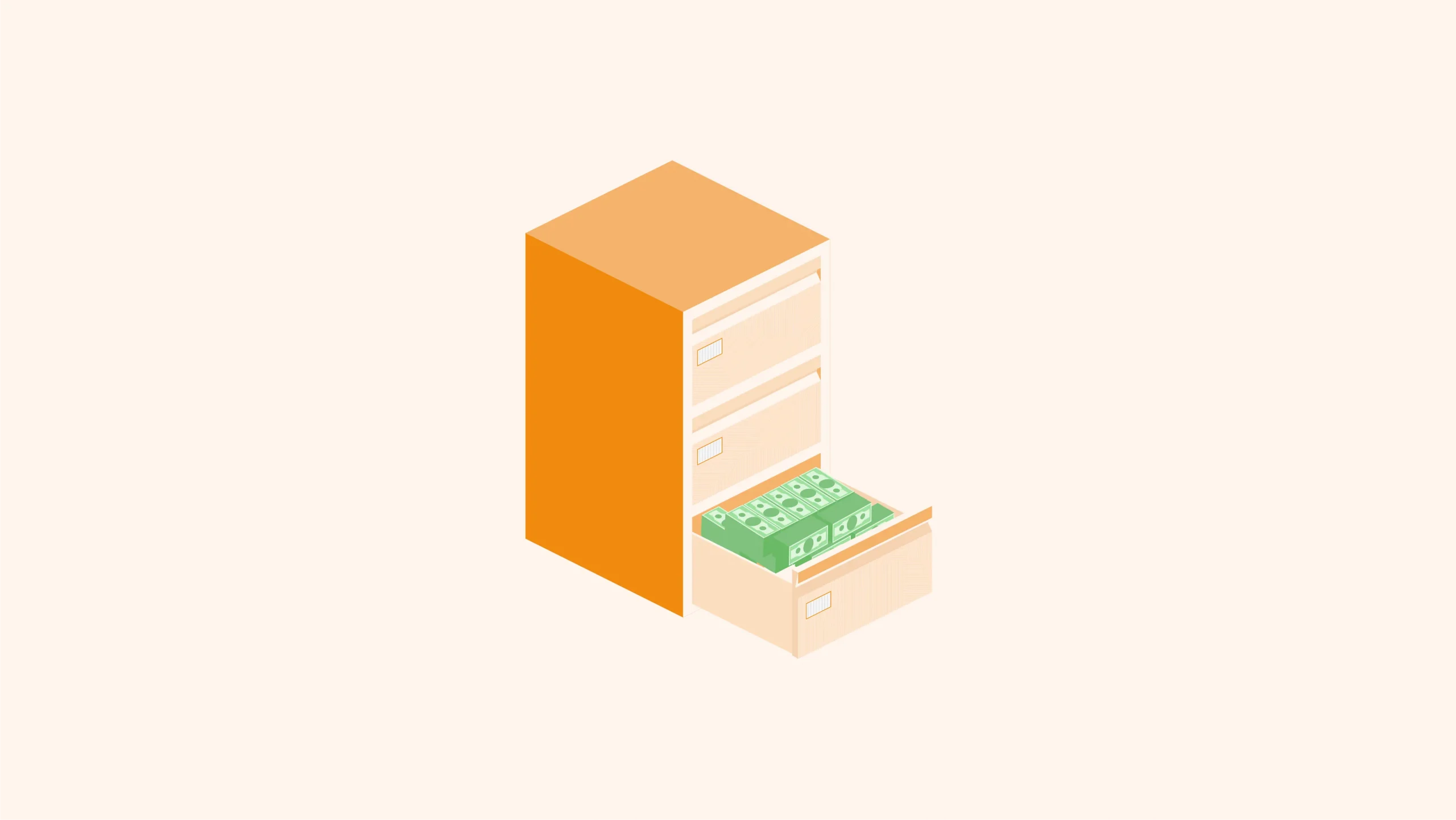
What is a Trust Fund?
A trust fund is a legal structure created so an individual can keep assets in a secure account on behalf of someone else. There are three sets of people involved in this structure: the trustee, the grantor, and the beneficiary.
Think of it as a way to store up assets on behalf of someone else in a way that it’s legally binding. The trust can contain all kinds of assets such as money, stocks, properties, businesses, bonds, etc. It could also be a combination of some of these assets.
Who are those involved in a Trust Fund?
There are three major parties involved in a trust fund. These are the trustee, the grantor, and the beneficiary.
The trustee
A trustee is a person, in most cases a neutral individual, who manages the assets in a trust fund. He takes responsibility for the assets in the trust fund on behalf of the beneficiary. In some cases, the creator of the trust acts as a trustee until they no longer can. This is when someone else (a successor trustee) takes over the responsibilities. The responsibilities of a trustee include tracking income and expenses, assset distribution to trust beneficiaries, and handling tax and other legal matters. Trustees could be family members, friends, lawyers, or a trust company.
The grantor
A grantor is the creator and supplier of the assets in the trust fund. In some circumstances (depending on the type of trust fund), the grantor can also be the beneficiary of the fund. However, this is not always the case. As mentioned above, the grantor sometimes acts as the trustee until he no longer can.
The beneficiary
As the name implies, this is the person or group of people for whom the grantor creates the trust fund. They stand to receive the assets in the rust. The pop culture term for this is Trust Fund Baby.
Trust Fund Baby
Trust Fund Baby is the pop culture term for the beneficiary of a trust fund. In most cases, it used to describe someone who is considered to be privileged, has wealthy parents and does not have to struggle financially to fend for themselves.
Types of Trust Funds?
Blind Trust
A blind trust is one in which the grantor gives full control of the trust to the trustee. As such, neither the grantor nor the beneficiary have information on the holdings in the trust and cannot intervene in how the trust is being handled. This is often done to prevent any conflict of interest.
Charitable Trust
This is created to benefit a charity especially when the grantor desires that the asset be used towards a cause. In this case, a nonprofit organization or tax-exempt charitable organization is the beneficiary of the trust. There are various types of charitable trusts such as the charitable lead trust and charitable remainder trust.
Spendthrift Trust
This is often created by a grantor when they cannot guarantee that the trust beneficiaries will handle the assets right. As such, to prevent the beneficiaries from treating the money like a spendthrift would, they create a fund where the beneficiaries have no direct access to the fund, cannot use it as collateral, and can only use the fund for what is stipulated by the grantor.
Special needs trust
This is created to allow disabled beneficiaries to enjoy government benefits such as subsidized medical care while also retaining access to their fund.
How to set up a trust fund?
- Determine who your trustee and beneficiary will be. A trust fund cannot exist without these two parties.
- Choose your type of trust fund. The trust fund you choose should be dependent on what you aim to achieve with your trust. It could be any of the types listed above.
- Set up your trust and transfer assets. Now that you have decided the type of fund and the people involved, the final step is to create the trust by funding it.
Why set up a trust fund?
The biggest pro of setting up a trust fund is control. It gives you control over the management and distribution of your assets. It also guarantees that your beneficiaries will receive what they are due and also ensures the assets are used in the manner you want them.
While the major downside is the cost of setting it up, the benefits of having one outweigh the cons.

FAQs on Trust Fund
How do trust funds get money?
The assets in a trust fund are put there by the creator of the trust fund, that is, the grantor. This can be at the point of creating the trust fund or at the point of the grantor’s death by using an estate plan to determine how their assets should be put in a trust fund after their death.
Who owns the money in a trust fund?
At the death of the grantor, the ownership of the money or other assets in a trust fund goes directly to the beneficiary. This transfer is handled by the trustee.
Do trust funds pay monthly?
Payment of money from the trust fund is dependent on the terms of agreement stipulated in the trust fund. The payment can be as a lump sum or as a monthly, quarterly or annual payment.
What happens to the money in the trust fund when the person dies?
When the grantor dies, the assets in the trust fund is transferred to the beneficiary based on the agreements of the trust. This is facilitated by the trustee.
Conclusion
If you are big on wealth management, then you also want to know what happens to your wealth when you die. Setting up a trust fund with a dependable trustee allows you to plan ahead of time before you die and also ensures that the beneficiaries you set up are taken care of in case of your departure.

Great blog post! Thank you for sharing. 🙂